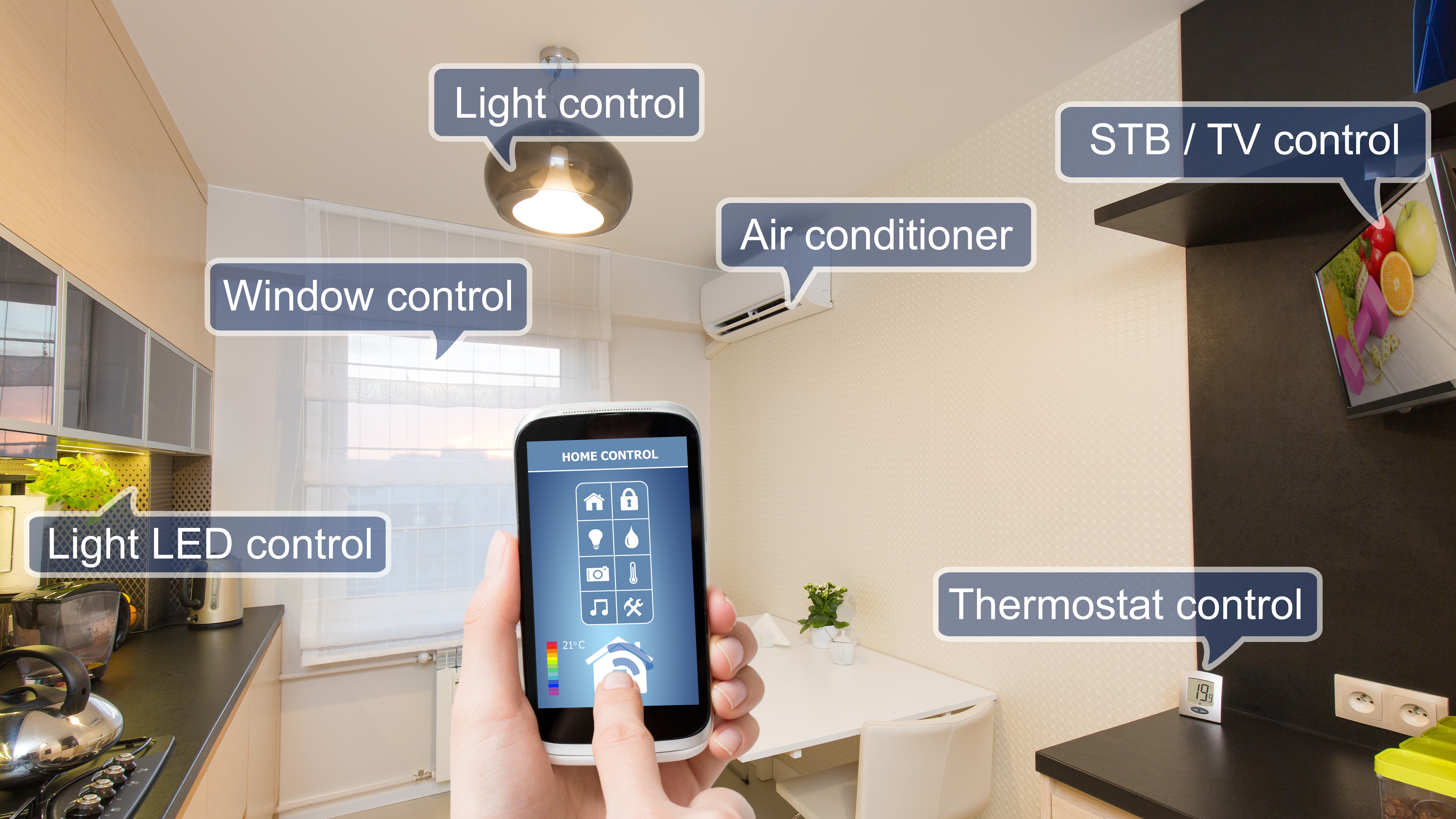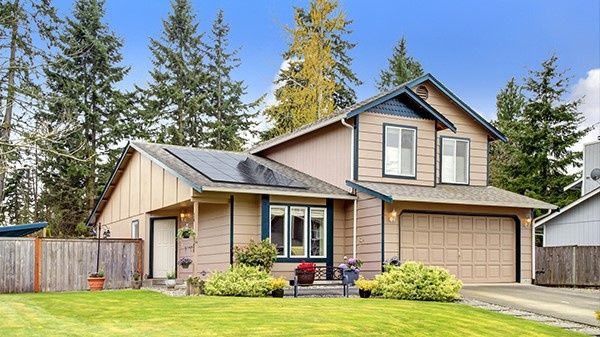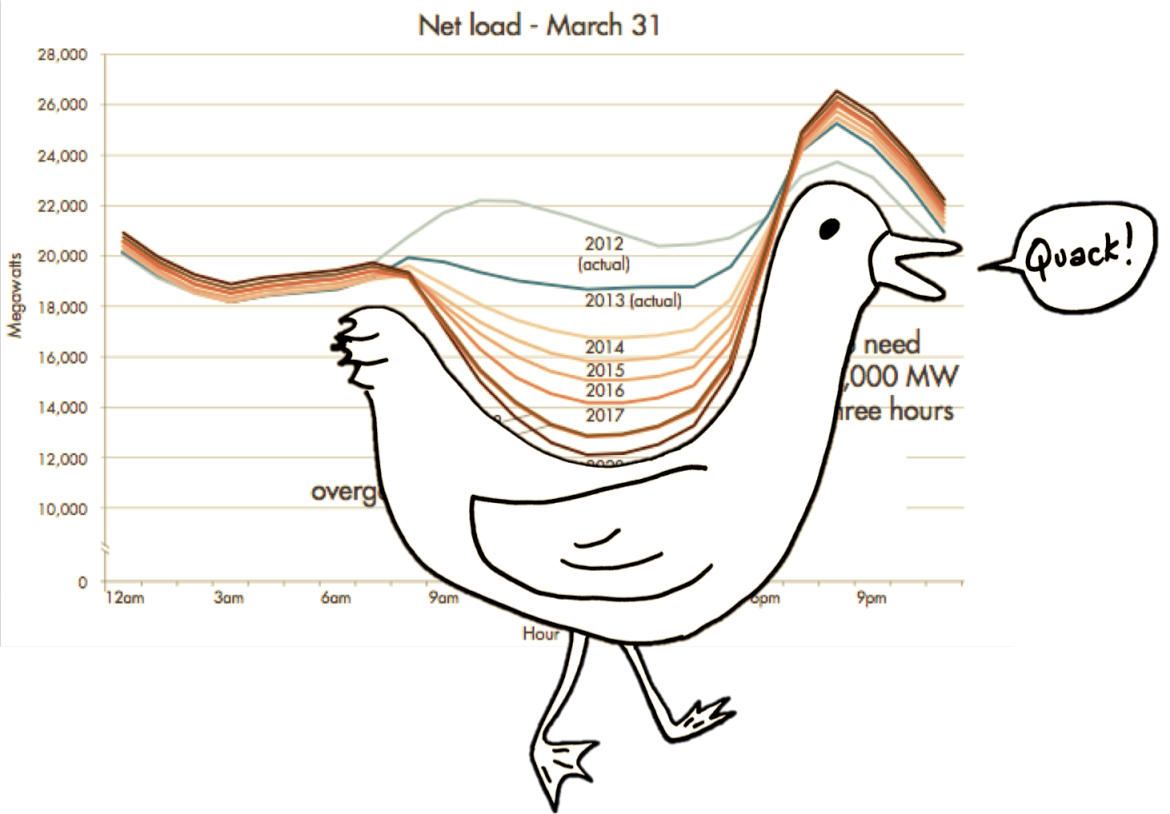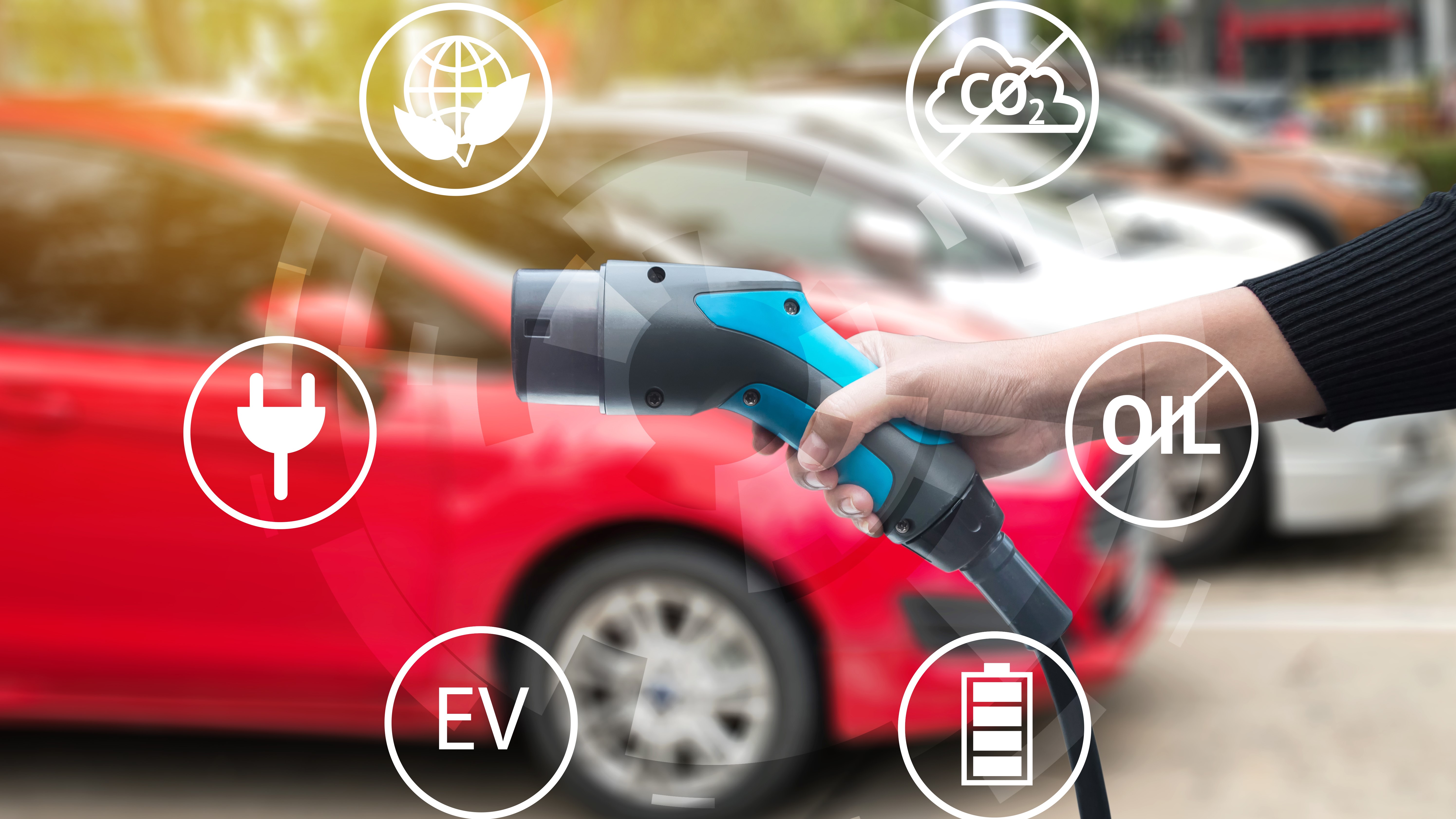Your Energy-Efficient, Smart, and Integrated Home
We’re very practical at Solar.com. After all, it’s our job to make going solar as smooth as possible for our homeowners. We spend our days working with utilities, solar installers, HOAs, and every other stakeholder in the industry; researching pricing, regulations, incentive programs, and system equipment so that you don’t need to bother with it. It’s a lot of work, but it’s our passion.
Now and then, however, it’s fun for us to take a step back, zoom out a little from our day to day operations, and peer into the future. If we could create the most advanced, sustainable, efficient home:
- What would it look like?
- What kinds of technologies would it have?
- How would they work together to promote a new lifestyle for us?
In essence, what would our dream home look like?
Our dream home combines energy efficiency, solar, battery storage, electric vehicles, smart appliances, and a smart home management system in one fine-tuned package. Some have dubbed this the “Integrated Home,” where advanced technologies like renewable energy and the Internet of Things work together to radically improve our lifestyle, minimize our environmental impact, and lower our energy usage and costs.
Let’s break down the different technologies we need to build the Integrated Home:
- Energy Efficiency
- Solar
- Battery Backup
- Electric Vehicles
- Smart Appliances
Energy Efficiency

The first step in creating an Integrated Home is to optimize the home to use as little energy as necessary to get the job done. That doesn’t mean turning down the thermostat to uncomfortable levels or taking 30-second showers — it requires a professional energy efficiency assessment of the entire home. In fact, once your home has been upgraded to conserve energy efficiently, people often find that their home has improved comfort as well!
To optimize an HVAC system, energy efficiency professionals use special equipment to find small cracks in the doors and windows of the home and make sure the insulation installed is a sufficient barrier to limit heat transfer.
They may recommend installing double or triple paned windows and special insulation and might suggest upgrading to a more efficient HVAC or a water heater that requires less energy to accomplish the same tasks.
Once the home has been sealed and can be regulated to filter in clean air properly, the most energy intensive appliances should also be identified and replaced with more efficient alternatives. These appliances often lead to more savings in energy costs, too, so that’s a great bonus!
Simple actions like switching to LED bulbs are a no-brainer. For larger appliances like a refrigerator or clothes dryer, you can check out Enervee, an appliance marketplace that grades the energy efficiency of every product and calculates how much you could save in energy costs over time.
Beyond appliances and the home envelope, energy efficiency does need to involve some energy saving habits, like unplugging your chargers when not using them and turning off your AC when no one is home. Yes, we’ll also discuss later how you can purchase smart appliances to take care of the hassle for you automatically.
Until then, you can monitor your energy usage easily using Chai Energy’s free mobile app, and also receive energy savings tips and new incentive programs from your utility.
Solar

Of course, we love solar. It makes electricity out of the sunshine, and it puts you in charge of your energy. Of all of the Integrated Home Technologies, solar panels have certainly been around the longest and have proven time and again to save customers tens of thousands of dollars on their electric bill expenses.
At Solar.com we know the ins and outs around this technology for the home energy market. If energy efficiency is needed to prepare your home for modernization, a home solar system is a foundation upon which all other technologies are powered.
As I mentioned in my previous article, there’s no reason to wait a few years before going solar. The sooner your PV system is up and running, the more money you’ll save. That said, it’s important to keep future energy considerations in mind when determining the size of the system that is right for your home.
An Integrated Home, for example, despite being as efficient as possible, will likely demand more electricity than a conventional home due to the use of electric vehicles, thus requiring more solar panels.
Battery

Now, solar will power all of the technology in an Integrated Home, but the biggest challenge here is that the system will only be producing energy when the sun is shining. This, unfortunately, works inversely to most of our energy usage habits.
On any given weekday, we typically wake up, use electricity getting ready for work or school, and leave for the day. Once we get home in the evening, we use a lot of energy cooking dinner, watching TV, and relaxing until we go to sleep and start over again the next day.
Experts call this challenge the “duck curve,” because of how the energy usage curve (high in the morning and higher in the evening) looks like the shape of a duck. Solar is producing the most electricity at noon when most of us aren’t even home.
Of course, you could rely on power supplied from the utility grid at night, and might even be able to offset some of those costs with net energy metering credits. But more and more utilities are adopting Time of Use rates, which make high-demand periods like evenings significantly more expensive to use power.

Enter battery energy storage technology. Imagine a home as one giant smartphone. Similar to how you plug your phone into an outlet and charge it every night to use again the next day, your PV system could automatically charge a large battery storage system with excess energy during the day so that you could consume it at night.
Unlike the handful of watt hours in your smartphone, a home battery system is on the scale of tens of kilowatt-hours and are designed to last over a decade before needing to be replaced. Check this video to understand a kilowatt-hour.
In addition to avoiding expensive Time of Use payments, a battery system can also provide backup power in periods of utility power outages for critical things like lighting, the fridge, and the internet.
Sonnen and Tesla are two of the market leaders for home energy storage today. Feel free to ask us about the pricing for these systems in your area by viewing our battery page.
Electric Vehicles

Of course, our Integrated Home would need a battery large enough to charge up our electric vehicles for the next day’s commute! Many businesses are now offering preferred parking with EV charging for electric vehicles as well, which is a great bonus.
By around 2025 autonomous vehicles will reach mass market adoption, but until then there are plenty of exciting EV options to consider today. If your solar system and battery are large enough, charging an EV or two with the sun is the next big step for the Integrated Home.
Not only would you save on fuel costs for the vehicle, but you also wouldn’t need to pay the utility the retail price for charging your EV after each use. It’s a compounding benefit.
Most people still hold the perception that EVs are a luxury item and largely impractical. EV costs, like batteries, have been rapidly declining in just the past couple of years. The newly released Chevrolet Bolt is the first EV with over 250 miles of electric range to be under $30,000 after government rebates and incentives.
Smart Appliances

Here is where the Internet of Things comes into play. Major manufacturers have recently begun touting new features on their appliances that let you manage them from a mobile app. Dishwashers can start from your phone; fridges can detect when you’re away on vacation and enter into energy saving mode, clothes washers send energy and water consumption information each time you wash your clothes.
These features will not only make your routine more automated and convenient, but it makes your energy habits more informed and efficient.
The company Nest has also been at the forefront of designing smart home technologies. Their Learning Thermostat will catch on to a user’s temperature preferences and learn to optimize how to heat and cool the home to use as little energy as possible.
Other smart appliance manufacturers have partnered with Nest to connect their products with the thermostat and react differently if you’re home or away, such as turning all the lights off in the home.
Large tech giants have already begun to enter the “smart home” scene. With Amazon’s Alexa or Google Home, you can activate smart appliances or turn off the lights in a bedroom. Who knows – maybe someday soon you can ask Alexa, “how much electricity are my solar panels producing right now?” and she could tell you the exact wattage being generated!
There will need to be some centralized system, whether a mobile app or voice controlled device, that can manage the interactions between your solar, battery, EV, and smart appliances. For example, if you were working from home the next day, you could tell Alexa to hold off on recharging the car until noon the next day, rather than using energy stored in the battery.
Summary
The Integrated Home of our dreams is closer and closer to becoming a reality. At Solar.com, we’re excited to be offering solar and battery backup systems as two of the critical first steps a homeowner can take towards an energy-efficient, smart home.
These technologies are rapidly evolving, and Solar.com will be right at the frontlines, excited to test them out and see if they will help improve a sustainable, hassle-free lifestyle.
If you’re interested in saving money on your electric bill, see how much you can save with solar, here!








